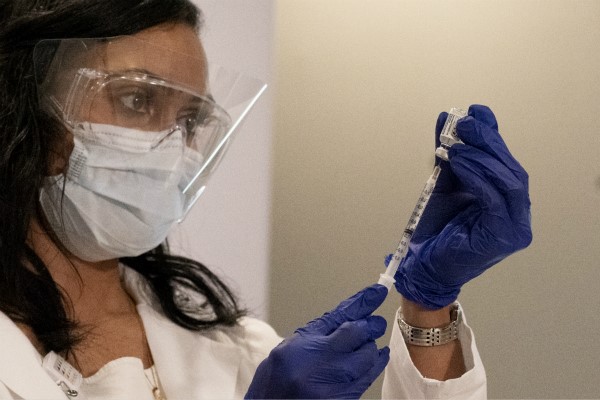The New York Times published an article entitled “the world needs more new vaccines” on the 24th, criticizing the United States and other rich countries for hoarding vaccines, covering up the current situation of vaccine shortage in the world, especially in poor countries.
At the beginning of the article, it pointed out the reality of global vaccine distribution, “middle and low-income countries are facing a serious shortage of vaccines, which may subvert the anti epidemic process. Rich countries like the United States have a large number of vaccines, which has covered up the problem of global vaccine shortage. ” If it is not solved as soon as possible, the problem will become very obvious, that is, “the most vulnerable economies will continue to falter, and the results achieved elsewhere will eventually be threatened. The longer the virus spreads, the more likely it will mutate into a more infectious, lethal or anti epidemic vaccine. “
This situation is closely related to the practices of rich countries such as the United States and vaccine manufacturers. The article goes on to say that “almost after the vaccine entered clinical trials, rich countries began to hoard vaccines, but they did not ensure that the most vulnerable people would be vaccinated. The first people to queue up were their own residents in rich countries.”
On the other hand, as vaccines enter the market, some vaccine manufacturers insist on “comprehensive responsibility protection”, which further threatens the access to vaccines in poorer countries. For example, the United States bans the sale or donation of unused doses. Although the U.S. government recently bypassed this restriction and classified vaccines provided to Mexico and Canada as “loans”, it is a cumbersome solution that will cause further confusion and delay.
This paper summarizes the five major problems of vaccine distribution in the United States and other rich countries, and thinks that countries with oversupply like the United States need to act from these aspects.
Stop hoarding vaccines.
According to the Duke Margolis Center for health policy, the richest countries have 16% of the world’s population and 53% vaccines procurement.
Patent suspension.
Nearly 60 countries around the world have petitioned who to allow countries to temporarily exempt intellectual property rights of new coronavirus related drugs and vaccines, but so far, this measure has not made progress. The U.S. government should support this exemption, urge companies to provide more vaccines to countries that are trying to get doses, and stop using ridiculous terms to protect corporate profits rather than human lives.
Share technology and resources.
More than eight months ago, the World Health Organization established a “technology acquisition pool” to enable enterprises and countries to share technology and expertise with each other. The U.S. government issued a willingness to participate in January, but so far neither the National Institutes of health nor major vaccine manufacturers have participated.
Create more capabilities.
Experts say there are few vaccines produced in Africa and very few in Latin America. The reasons for this deficiency are complex, including long-term under investment in regional capacity and over reliance on TNCs, but the solution is clear, that is, to build factories in these countries with greater demand for vaccines.
Investment alternatives.
he current new vaccines have their own shortcomings. Messenger RNA vaccines have complex storage requirements, and vaccines based on adenovirus vector technology, such as AstraZeneca and Johnson & Johnson, are considered to have rare but fatal side effects. More importantly, none of them, or a combination of all of them, is enough to meet global needs.
“The world can’t wait for one country to solve all the problems before trying to make vaccines more widely available to all countries.” The article holds that the global vaccine gap is a matter of life and death, and all countries should strive to narrow the gap as soon as possible.























